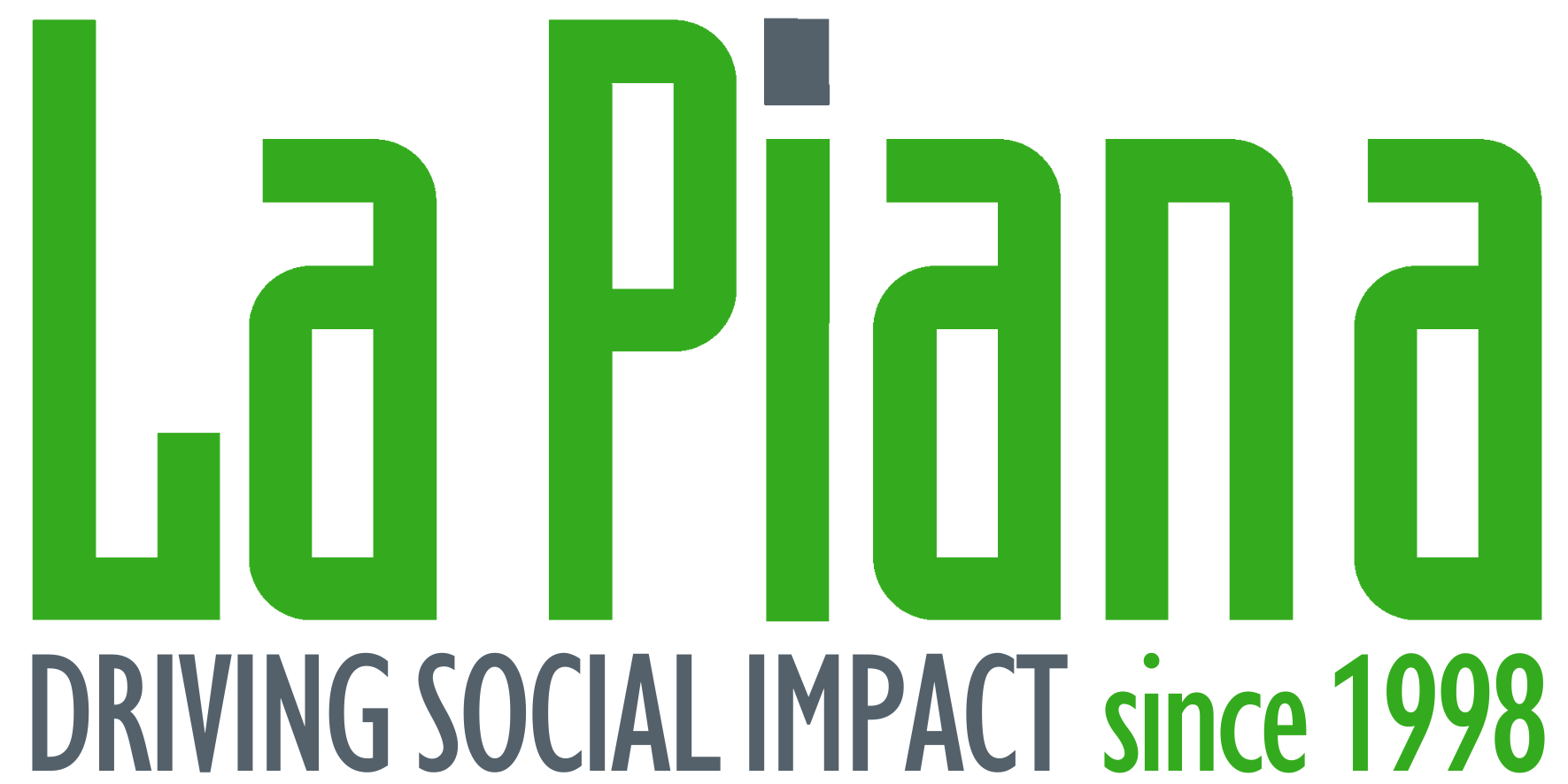Latine Children & Youth: The Future We Can’t Ignore
There are more than 18 million Latine children and youth in the United States today, comprising more than a quarter of the nation’s young people (26% of those under 18 in 2020 according to the U.S. Census Bureau). In certain parts of the U.S., this presence is even more pronounced. In at least five states (plus Puerto Rico) — including Arizona, California, New York, and Texas — Latine youth already represent over 40% of the child population.
By 2050, the share of Latine youth is projected to grow to one in three. This demographic shift will shape the nation’s culture, workforce, and civic life for generations — and has profound implications for nonprofits and foundations that seek to serve the next generation effectively — yet it too often goes overlooked.
Throughout my 35 years of working in and with the nonprofit sector, one thing has remained constant: most nonprofits, in one way or another, benefit children and youth. It makes sense — families and young people are at the heart of so many programs and social services offered by nonprofits.
But one reality still doesn’t get enough attention: a large and growing share of those children and youth are Latine. Think about it: Within 25 years, one out of every three potential future leaders, innovators, and changemakers in the U.S. will come from Latine communities.
Why does this matter for nonprofits and foundations? Because if you are working with children and families, chances are you are already working with Latine youth. Yet many organizations still struggle with how best to engage them and their families — even those that offer bilingual services. What’s essential is understanding the communities being served and their culture and values — who they are, what matters to them, and how we can ensure programs truly meet their needs. So, the question to ask yourself is:

In today’s political and social climate, this understanding is not only important, but urgent. These young people will play a vital role in shaping our shared future. Ignoring this reality risks missing a large and critical part of our constituent base.
For nonprofits and foundations committed to impact, the takeaway is simple: serving youth well means serving Latine youth well. Doing so is not just about numbers — it’s about equity, relevance, and preparing for the future we all share.
Across our work with nonprofits and foundations, we’re seeing that when organizations intentionally design strategies with Latine children, youth, and families in mind — not as an afterthought, but as a central focus — the results are transformative. Teams develop a deeper understanding of community strengths, communication becomes more culturally responsive, and programs gain clarity and impact. This intentionality doesn’t just enhance service delivery; it builds trust, belonging, and long-term relevance in the communities served.
That is why, through initiatives like Vías, our Latine-centered consulting practice, La Piana Consulting supports our clients in meeting this challenge head-on by co-creating strategies that honor culture, develop trust, and position organizations to develop programs that truly reflect and serve Latine youth and families.
Citations
- U.S. Census Bureau – Hispanic Population Younger but Aging Faster (2023): https://www.census.gov/library/stories/2023/05/hispanic-population-younger-but-aging-faster.html
- Hispanic Research Center – Latino Children Represent 1 in 4 Kids Nationwide (2022): https://www.hispanicresearchcenter.org/research-resources/latino-children-represent-1-in-4-kids-nationwide/
- Population Reference Bureau – Trends and Challenges Facing America’s Latino Children (2021): https://www.prb.org/resources/trends-and-challenges-facing-americas-latino-children


Comment section